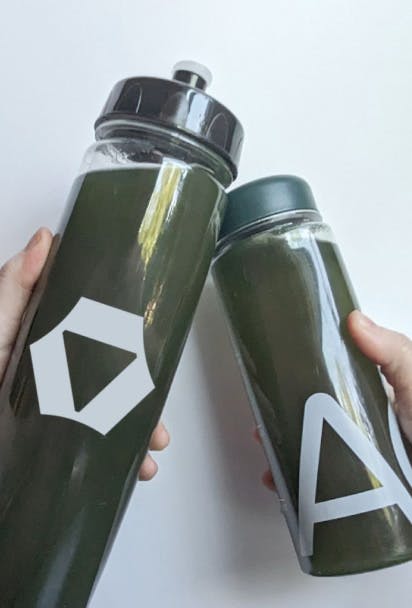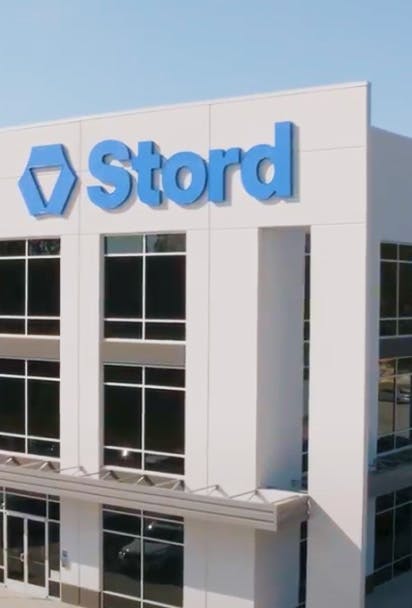Why Packaging Is More Than a Box
When it comes to direct-to-consumer (DTC) service, the packaging is the first physical impression. It bridges the digital promise of your brand with the real, tactile customer experience. Yet, many brands overlook how packaging impacts conversions, retention, and profitability.
Customers judge a product before they even open it. They consider whether it arrived intact, how difficult it was to unbox, and if the packaging reflects your brand’s values (like sustainability). A poor experience here can quietly kill repeat purchases, even if your product is outstanding.
This begs the question: how to know if your packaging is costing you conversions?
How Packaging Impacts Conversions
1. Customer Experience and Unboxing
A branded, intuitive unboxing experience builds excitement. Clunky, oversized, or generic packaging signals a lack of care, and customers notice. Unboxing is particularly powerful in categories like beauty or subscription boxes, where the packaging becomes part of the product itself.
2. Shipping Costs and Pricing Perception
Inefficient packaging drives up dimensional weight (DIM weight) charges, inflating shipping costs. Brands that absorb these costs may lose margin; brands that pass them to customers risk higher cart abandonment.
3. Product Protection and Returns
Damaged products due to flimsy packaging are a silent conversion killer. Each damaged delivery erodes trust, increases return costs, and discourages future purchases.
4. Brand Alignment
Consumers increasingly buy from brands that reflect their values. Packaging that's misaligned, like using excess plastic for a "sustainable" brand, creates dissonance and can harm retention.
Signs Your Packaging Is Costing You Conversions
How do you know if packaging is holding your brand back? Look for these red flags:
High Cart Abandonment at Checkout: If shipping fees are driving customers away, your packaging dimensions may be inflating carrier costs.
Customer Complaints About Waste: Comments like “too much plastic” or “oversized box” in reviews or customer service tickets point to packaging dissatisfaction.
Rising Return Rates for Damages: Frequent reports of crushed, leaking, or broken items highlight inadequate packaging protection.
Flat Repeat Purchase Rates: Even without direct complaints, poor packaging can erode the excitement that drives repeat purchases.
Negative Social Sentiment: Customers share unboxing experiences online. If your packaging never appears, or appears only as criticism, you’re missing a valuable organic marketing channel.
When to Introduce Custom Packaging
Many brands hesitate to invest in branded or specialized packaging, fearing added cost. But knowing when to introduce custom packaging is critical to balancing customer experience with operational efficiency.
Stage 1: Early Growth (0–1,000 orders/month)
Focus on functional, protective, and cost-efficient packaging. Branded inserts or stickers can add personality without complexity.
Stage 2: Scaling (1,000–10,000 orders/month)
Transition to branded boxes, mailers, or sustainable options. This is often when packaging starts to influence repeat purchase rates and social sharing.
Stage 3: Mature DTC Operations (10,000+ orders/month)
Invest in advanced custom packaging, such as tiered designs, subscription-specific packaging, or influencer-ready unboxing experiences. Partner with 3PLs that can manage kitting and bundling alongside custom packaging workflows.
As a rule of thumb, introduce custom packaging when your brand identity and order volume justify the investment. You’ll know this once you can measure the ROI through increased repeat purchases or reduced shipping inefficiencies.
Eco-Friendly Packaging Fulfillment as a Growing Differentiator
Sustainability is no longer optional. Customers expect eco-conscious packaging, and failure to deliver can hurt conversions.
Why Eco-Friendly Packaging Matters
Customer loyalty: Gen Z and Millennials especially prefer brands with sustainable practices.
Regulatory shifts: Packaging regulations in the EU, Canada, and certain U.S. states are tightening.
Cost efficiency: Right-sized, lightweight, recyclable packaging often reduces DIM weight charges.
Options for Eco-Friendly Fulfillment
Recyclable or compostable mailers in place of poly bags.
Biodegradable void fill instead of plastic bubble wrap.
Right-sizing tech to reduce wasted space.
A 3PL experienced in eco-friendly packaging fulfillment can help balance sustainability with cost and scalability, ensuring compliance while supporting brand values.
How to Evaluate Your Packaging’s Impact on Conversions
To determine if packaging is costing you sales, follow this evaluation framework:
Step 1: Collect Data
Start by gathering hard numbers. Track your damaged order rates to see how often products are arriving in poor condition. You should also measure average cart abandonment rates and cross-reference them with high shipping fees to see if inflated costs are driving customers away. Finally, monitor your repeat purchase rates to see if customers are coming back, as a poor unboxing experience can silently hurt retention.
Step 2: Gather Customer Feedback
Next, listen to your customers. Review support tickets specifically for complaints about packaging, like items being broken or the box being too big. Survey your customers to ask directly about their unboxing satisfaction, and keep an eye on your social media channels for unboxing mentions (both good and bad) to gauge public sentiment.
Step 3: Calculate Shipping Efficiency
Look at the financial side of things. Audit your carrier invoices to find out if you're being hit with high dimensional weight (DIM) charges. It's also smart to compare your packaging costs against your product value to ensure you're not overspending on a basic box.
Step 4: Benchmark Against Competitors
See what your rivals are doing. Take a close look at how competitors in your category present their packaging. Are they creating buzz with an unboxing experience? If they are, and you're not, you might be missing out on valuable organic marketing and customer excitement.
Step 5: Test Packaging Alternatives
The final step is to experiment. Run A/B tests with different packaging formats to see what works best. Then, compare their performance by looking at your conversion rates, customer reviews, and repeat purchase rates to see which option delivers the best results.
Common Packaging Pitfalls for DTC Brands
Even with the best intentions, it's easy for DTC brands to make mistakes with their packaging. These seemingly small errors can have a big impact on your bottom line and your brand's reputation. Here are some of the most common packaging pitfalls to watch out for.
Oversized Packaging: Too much empty space not only wastes materials but also drives up DIM weight costs.
Inconsistent Branding: Mixing packaging types or failing to deliver a consistent unboxing experience undermines brand perception.
Excessive Complexity: Highly customized packaging that slows fulfillment or increases error rates can backfire.
Ignoring Returns Packaging: Customers expect easy returns. Packaging that isn't resealable or return-friendly creates friction and damages trust.
Case Scenarios: How Smart Packaging Drives Business Results
Beauty Brand Facing Flat Retention
A beauty subscription company noticed stagnant repeat purchase rates. Surveys revealed customers viewed the packaging as “cheap” compared to competitors. By introducing branded, eco-friendly boxes with inserts, retention rose 12% in three months.
Supplement Brand with High Shipping Costs
A supplement startup was paying inflated DIM weight charges due to oversized packaging. Switching to right-sized, recyclable mailers reduced per-order shipping costs by 18% and lowered cart abandonment tied to shipping fees.
Beverage Brand with Damaged Returns
A functional beverage company struggled with dented cans and leaking bottles. By upgrading to reinforced eco-friendly cardboard dividers, damages dropped by 40%, cutting returns and improving customer satisfaction.
The Future of Packaging in DTC Fulfillment
Packaging is evolving from a cost center to a competitive advantage. Leading DTC brands are leveraging:
Personalized packaging experiences (dynamic inserts, tiered branding).
Tech-driven right-sizing solutions that optimize costs and sustainability.
Eco-conscious designs that align with customer values and regulations.
Integrated 3PL workflows that ensure custom and sustainable packaging scale smoothly.
In this landscape, packaging directly influences not only conversion but also long-term loyalty and brand equity.
Why Strategic Packaging Is Key to DTC Growth
Knowing how to know if your packaging is costing you conversions requires digging into customer feedback, shipping data, and repeat purchase trends. By identifying the right moment for when to introduce custom packaging and prioritizing eco-friendly packaging fulfillment, DTC brands can leverage packaging to scale the business.
Discover how Stord can optimize your packaging and lower costs. Contact our fulfillment strategist now.







